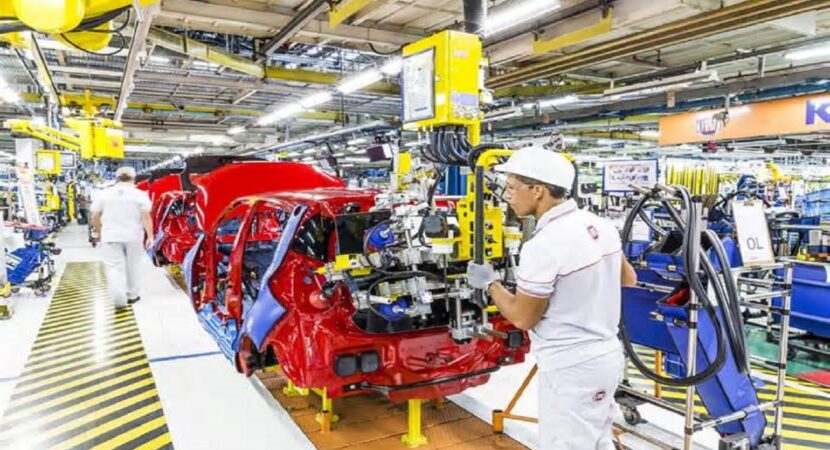
Executives at Stellantis and Intel say the microchip crisis in the auto industry could take two years to recover, and so far there have been more than 1 million vehicles out of dealerships in the US alone.
The microchip crisis in the automotive industry could extend much longer than expected, causing several vehicles to be left out of Brazilian dealerships and other countries around the world. that's what experts and even Stellantis and Intel executives estimate.
Read also
Stellantis and Intel Executives Speak Out on the Microchip Crisis
According to the CEO of Stellantis, Carlos Tavares, who was the first to declare the Microchips crisis in the automotive industry should persist until next year, he believes that this crisis will continue. Due to his expectations, the additional production of the chips, in his opinion, will not be enough and will only make it difficult for the product to arrive for vehicle construction in Western countries.
Because of this, the group's brands such as Jeep, Fiat, Chrysler, Dodge, Peugeot have chosen to take to dealerships those vehicles that have a higher profit margin. This has become common practice in the automotive industry as vehicle production fails to normalize.
According to Intel's CEO, Pat Gelsinger, who took a position on the subject, the microchip crisis in the automotive industry will continue until 2023. In his opinion, the greatest difficulty is the delay in stabilizing these problems in production. According to Gelsinger, it will take at least two years for vehicle production to return to normal, causing the difficulties to persist in 2022.
Ford wants to bring unfinished vehicles to dealerships
The scenario of the microchip crisis in the automotive industry has caused a headache for all vehicle brands. In Brazil, several factories had to paralyze their production of vehicles, but the one most affected by the crisis was Chevrolet, which has not been able to take its Onix to dealerships for months and expects that manufacturing will return only in mid-August.
However, in the United States, Ford has an even bolder plan. The company plans to sell its vehicles unfinished and without the semiconductors, and if that happens, the missing parts will be installed later. The multinational's goal is to prevent its factories' patios from becoming overcrowded and also to speed up the delivery of vehicles to consumers.
1,2 million lost sales
The current crisis stemmed from a miscalculation when the pandemic hit last year. When the virus began to spread, several companies predicted that consumers would cut back on spending as they worried about tough times.
In North America, countries have already lost about 1,2 million sales in the automotive industry, given that there are no semiconductor chips. Europe, on the other hand, lost 875 thousand and countries in Asia, such as Japan and Korea, already reached more than 770 thousand vehicles outside dealerships. In Brazil, around 130 cars were lost in the first half alone and another 30 in the rest of South America.










